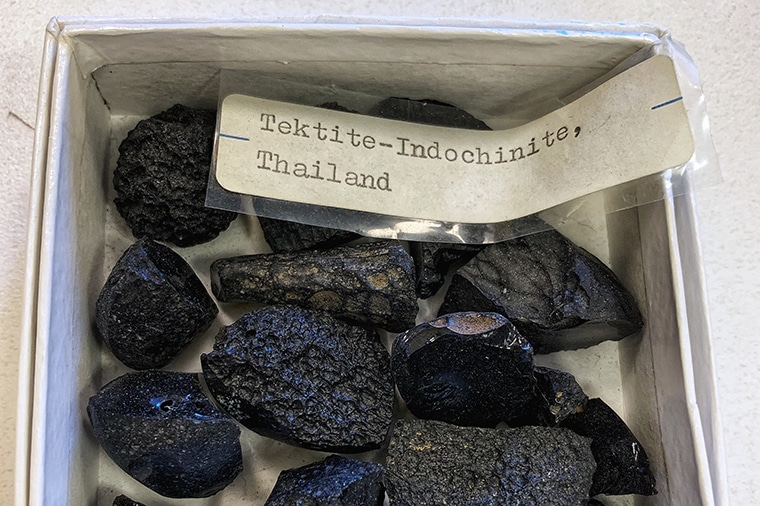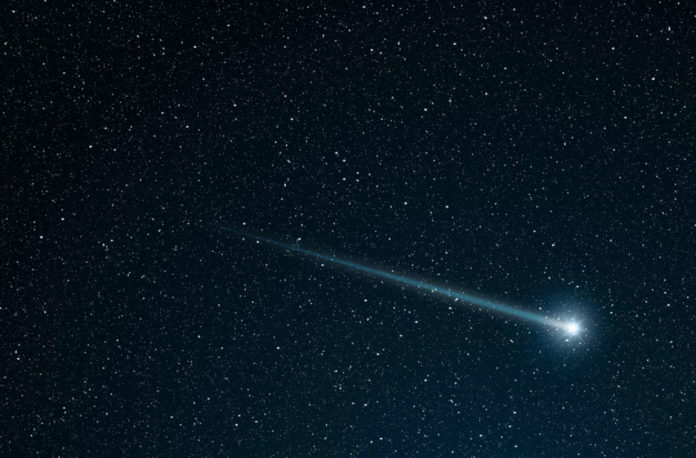In its long history, Earth has experienced several meteor-impact events large enough to melt terrestrial rock and send it flying for hundreds or even thousands of miles. Following these impact events, the melted rock cooled to form materials known as tektites, which would now be able to be found in several large areas, or “strewn fields,” around the world.
Understanding the impact process for tektite-forming events on Earth can prompt bits of knowledge into the giant impact event that is accepted to have framed the moon billions of years back. That is one consequence of new research from Washington University in St. Louis concentrating on volatile elements.
Co-author Kun Wang, assistant professor of earth and planetary sciences in Arts & Sciences, said, “We’re comparing tektites with the source of tektites, which is the upper continental crust, to see what changed during the impact.”
“By establishing the expected pattern for volatile losses during impact events, we will be able to work backward from the products of impact events —tektites and lunar rocks alike — to learn about pre-impact conditions.”

The research was published on Aug. 15 in the journal Geochimica et Cosmochimica Acta.

